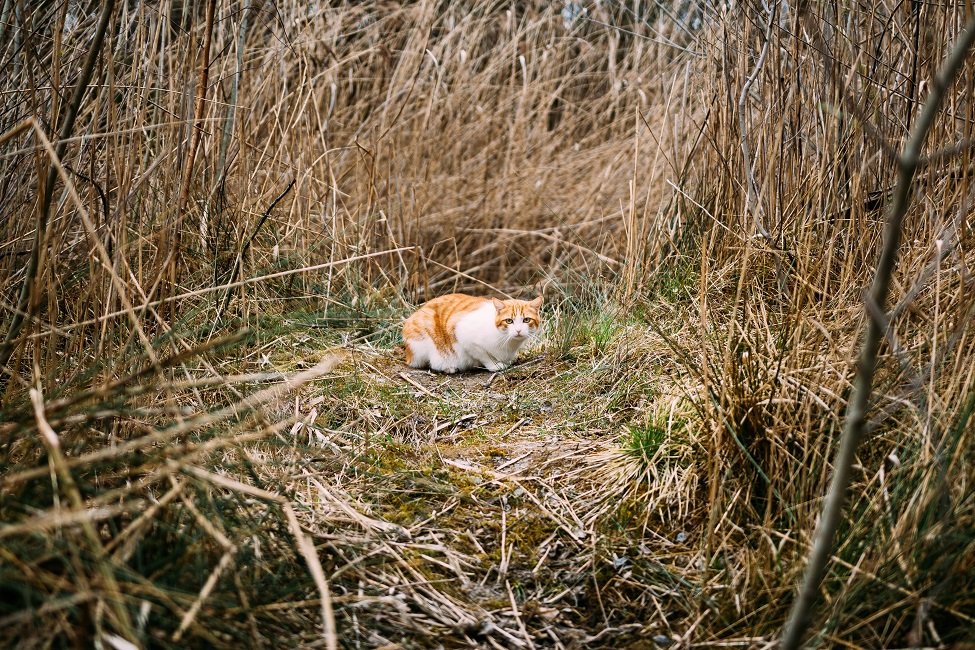How to overcome disorganized attachment style’s impact on relationships
Photo by Oliver Schwendener on Unsplash
This post is fourth in a series on attachment and will focus on disorganized or fearful avoidant style. To read the introduction and discover your attachment style, click here. For the avoidant style, click here. For anxious attachment, click here.
Disorganized attachment results when the main source of support (a parent or caregiver) is also a source of terror. You may also hear it called fearful avoidant.
The person who is supposed to care for the child instills in that child a fear for her own safety. Of course, this creates a sense that the world is an unsafe place and others cannot be trusted.
Signs of disorganized attachment style
haunted by memories of past trauma but has not resolved or mourned what happened
intolerant of emotional closeness, prone to rages, poor emotional regulation which can lead to abuse
shuts down emotionally to cope, which can lead to depression
lack of empathy; possible narcissism, substance abuse, or borderline personality disorder
Feels helpless and ineffective in life
Alternates between clinginess and detachment (displays attributes of both anxious and avoidant types)
The person with disorganized attachment has a low view of self, others, and the world at large. She is in a constant state of protecting herself against perceived threats.
She desperately wants intimacy but is terrified of getting hurt. Although she wants closeness and love, she is afraid of what will happen if she lets anyone in.
She expects her partner to hurt her and sees this pain as inevitable. She has no reason to believe anyone will love and support her for who she is.
Sometimes she will break up with someone to pre-empt the inevitable rejection she fears. Or she will act hot and cold with new partners which frustrates and pushes them away. This reinforces the fear that she is unloved and unwanted.
Disorganized attachment is like trying to play the game of life without ever having learned the rules. You desperately desire a loving relationship but have no idea how to have one.
Can you change disorganized attachment?
Learning to trust people is the first step for a person with disorganized attachment. This is hugely challenging, so start with baby steps.
In this situation it will likely help to seek the support of a therapist or counsellor. But if this is too expensive or you’re unable to trust a therapist at this time, there are strategies you can use to heal on your own.
The first step is to start feeling the pain associated with your past experiences, rather than locking them away. Without facing your past, you could be triggered at any moment and have little control over your reactions.
One of the key traits of disorganized attachment is an incoherent narrative surrounding one’s childhood. Making sense of your past will help you understand why you’ve behaved the way you have and forgive yourself.
It’s important to stop making excuses for your parents’ behavior toward you. That's not the same as blaming them.
The inner critic is especially harsh and self-loathing with disorganized attachment. Start to tell a different story about yourself by making a list of your talents and good qualities. Give yourself credit for doing the hard work of wanting to improve.
You’ll want to practice expressing your needs calmly and clearly. Your confidence will grow as you reap the rewards of more open communication.
You might even see how relationships can flourish when people talk to each other about their thoughts and feelings.
As you “earn” a more secure attachment style, you will attract more securely attached people who will help you heal further and resolve your past trauma.
Celebrate small wins
You might make forward progress only to fall back when triggered. But it’s the overall movement that matters. Celebrate your incremental wins.
Life might feel boring without the constant chaos and disruption of your past relationships. You'll want to channel your emotional intensity into creative pursuits and other areas where you can fulfill that need for rich and deep feeling and connection.
A life without conflict is not the goal. Instead, you’ll allow yourself to learn from those conflicts and view them as personal growth opportunities.

